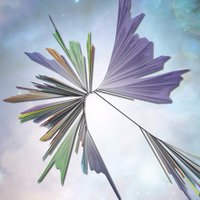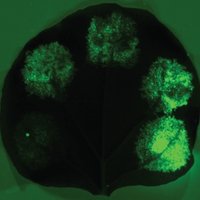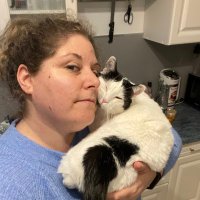
The Banfield Lab
@banfieldlab
Located at the University of California-Berkeley. Purveyors of Microbial Ecology, Bioinformatics, & Nanogeoscience. RT≠endorsements.
ID: 839911649473527808
http://nanogeoscience.berkeley.edu 09-03-2017 18:51:56
543 Tweet
8,8K Followers
372 Following



Shouts out to the stellar Luis E. Valentín-Alvarado for winning Best Graduate Student Oral Presentation at SACNAS!

It's (double) prime time: now in Current Biology, our latest rubisco work with The Nogales Lab, The Banfield Lab, SAXSatSIBYLS, and more! Structural studies of metagenomic form Iα and I′′ enzymes illuminate the evolutionary trajectory of rubisco oligomerization: authors.elsevier.com/sd/article/S09…


The first of our two-part preprint bonanza: Luis E. Valentín-Alvarado and his fantastic preprint on the newly presented phylum of Asgard Archaea, the Atabeyarchaeota!

And the second part of our two-part preprint bonanza- Jacob West-Roberts (your esteemed banfield lab twitter admin) and the giant proteins! Click through for some beautiful alphafold-predicted protein structures from the biggest (predicted) proteins you've ever seen.


Trust Jacob West-Roberts and The Banfield Lab to come up with nature's weirdest. 1/2 The world’s largest proteins? These mega-molecules turn bacteria into predators nature.com/articles/d4158…


Excited to share our preprint on cyanobacterial communities and their core microbiome, with Spencer Diamond as corresponding author and incredible help from Jackie Zorz, Keith Bouma-Gregson, Catalina Cruañas Pániker, The Banfield Lab. #microbiome #Genomics #WomenInSTEM biorxiv.org/content/10.110…

New research from Andreja Kust and the Spencer Diamond lab on cyanobacterial communities! Which microbes like to live with Cyanobacteria in model communities? Take a look here and find out: biorxiv.org/content/10.110…


COBRA, a method for joining viral contigs in metagenomic assembly, significantly improves accuracy and completeness, leading to more reliable analysis of gene content, diversity, and evolution LinXingChen Jill Banfield nature.com/articles/s4156…

Excited to share this amazing work led by Matthias Hess and Spencer Diamond at Institute for Geographic Information Science and sponsored by The Audacious Project. We use multi-omics to show how the rumen microbiome responds to methanogenesis suppression and identify a Duodenibacillus Sp. as an alternative hydrogen sink.

Recent research from our lab, led by Ling-Dong Shi, unveils "mini-Borgs" – smaller linear extrachromosomal elements in Methanoperedens archaea. These mini-Borgs resemble previously described Borgs and could modulate their hosts' activity. Read more: rdcu.be/dLP3t


